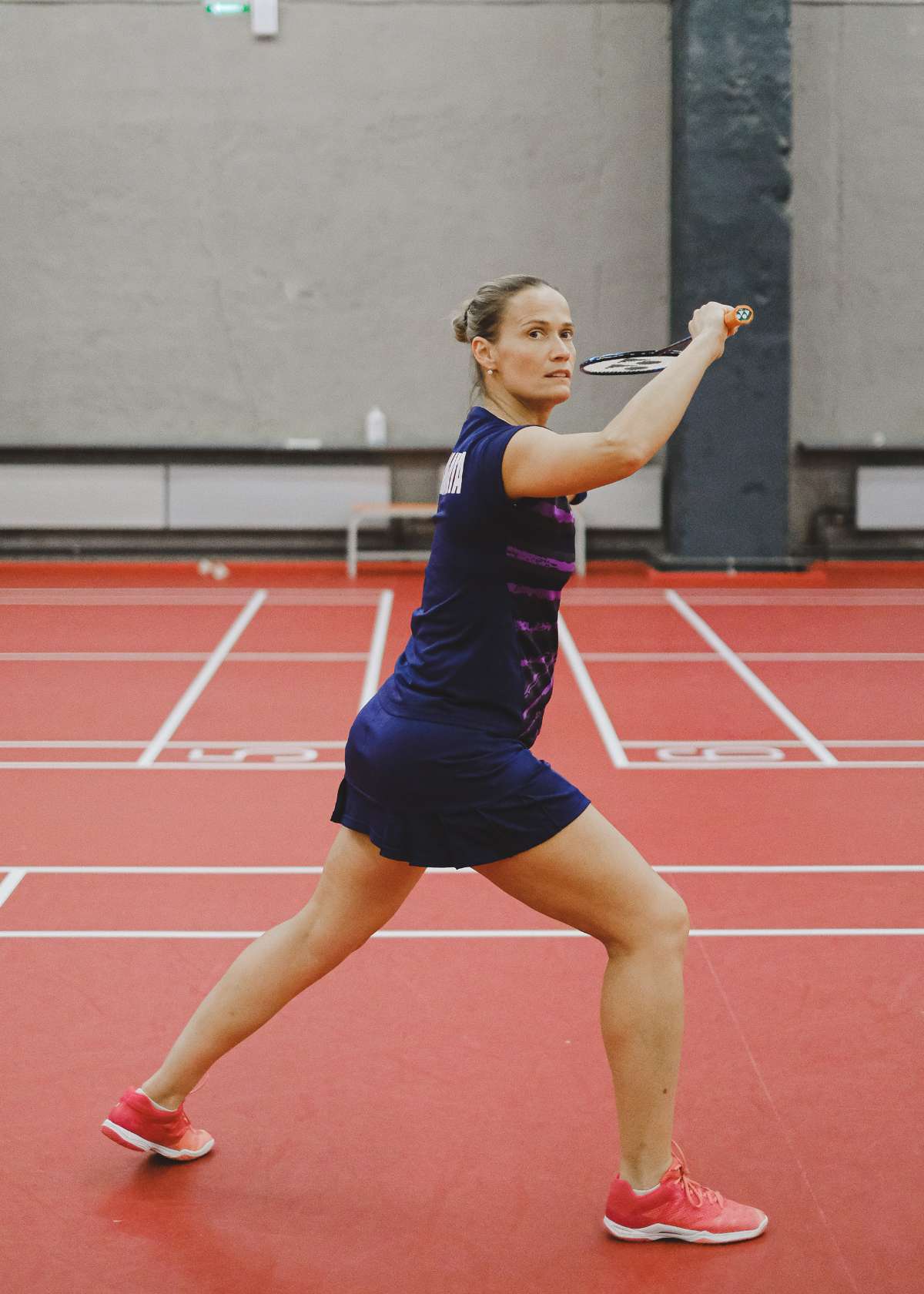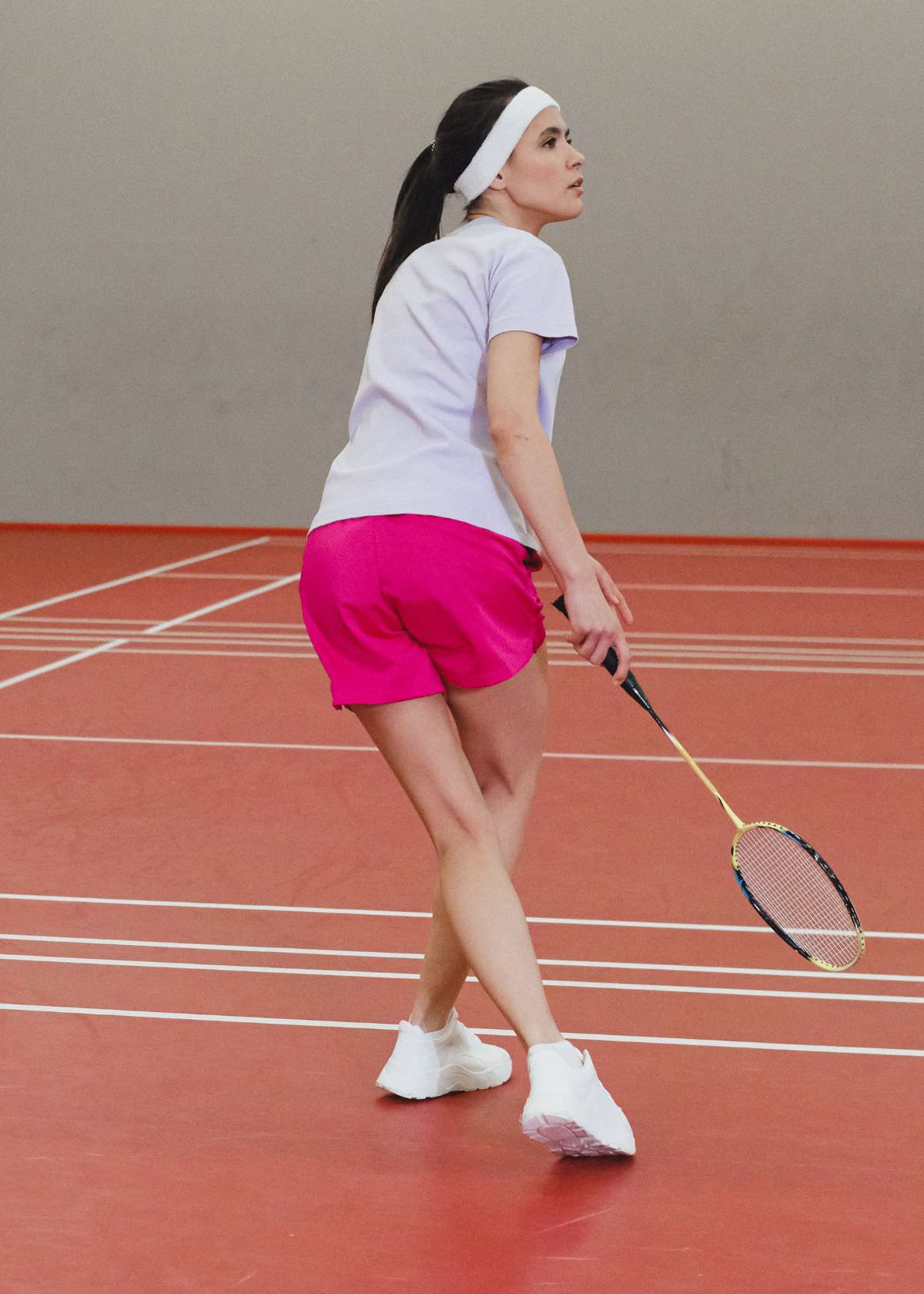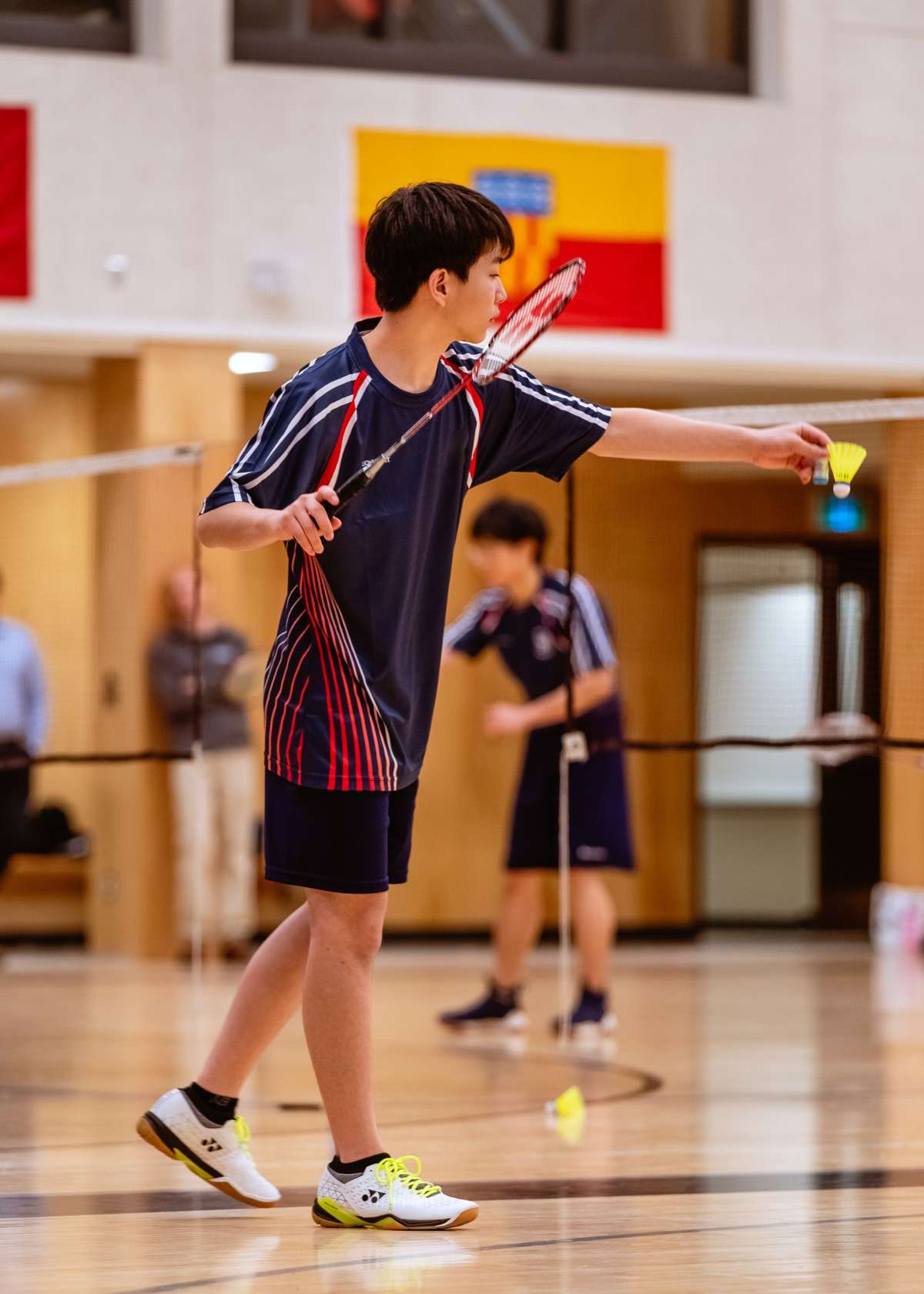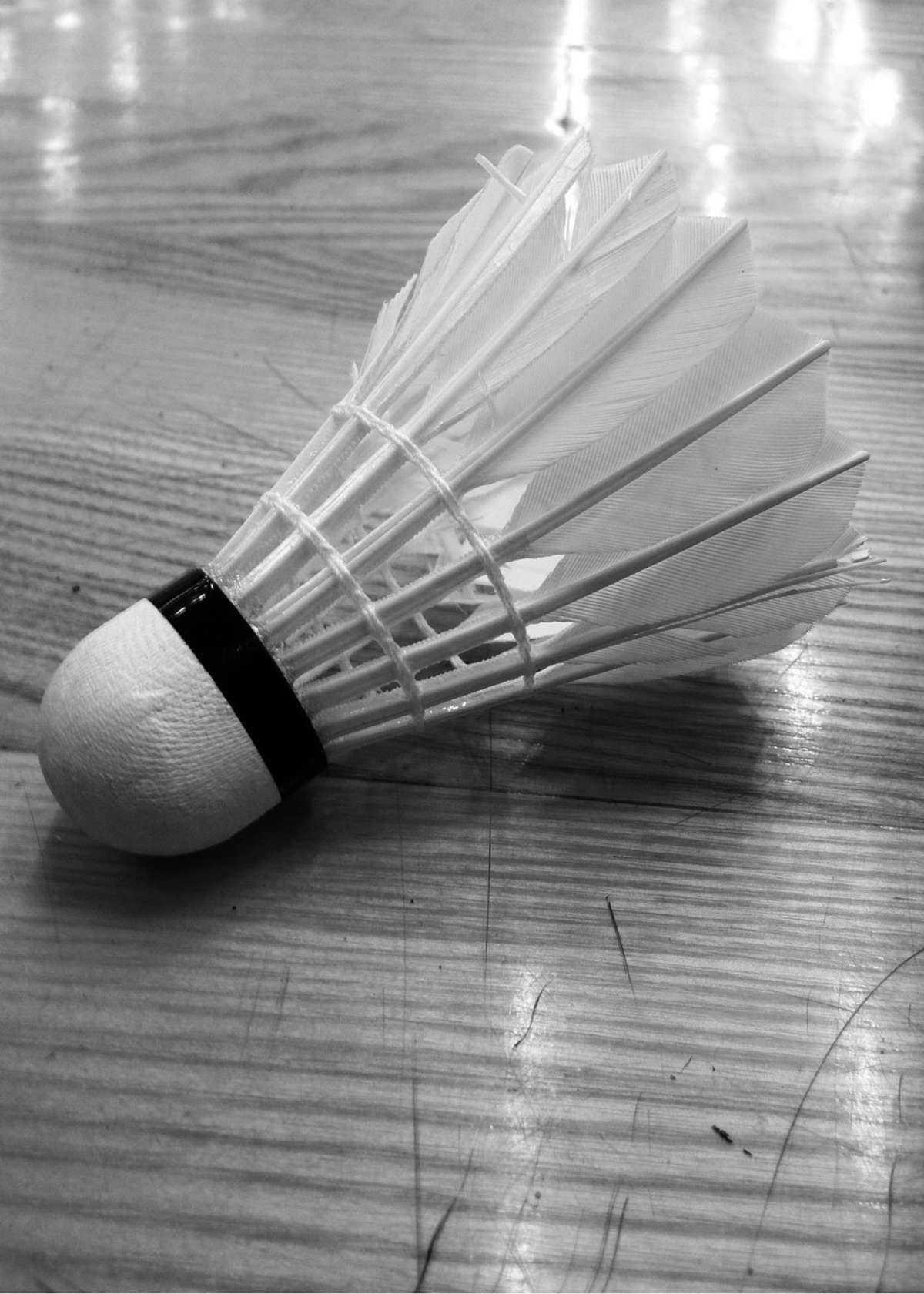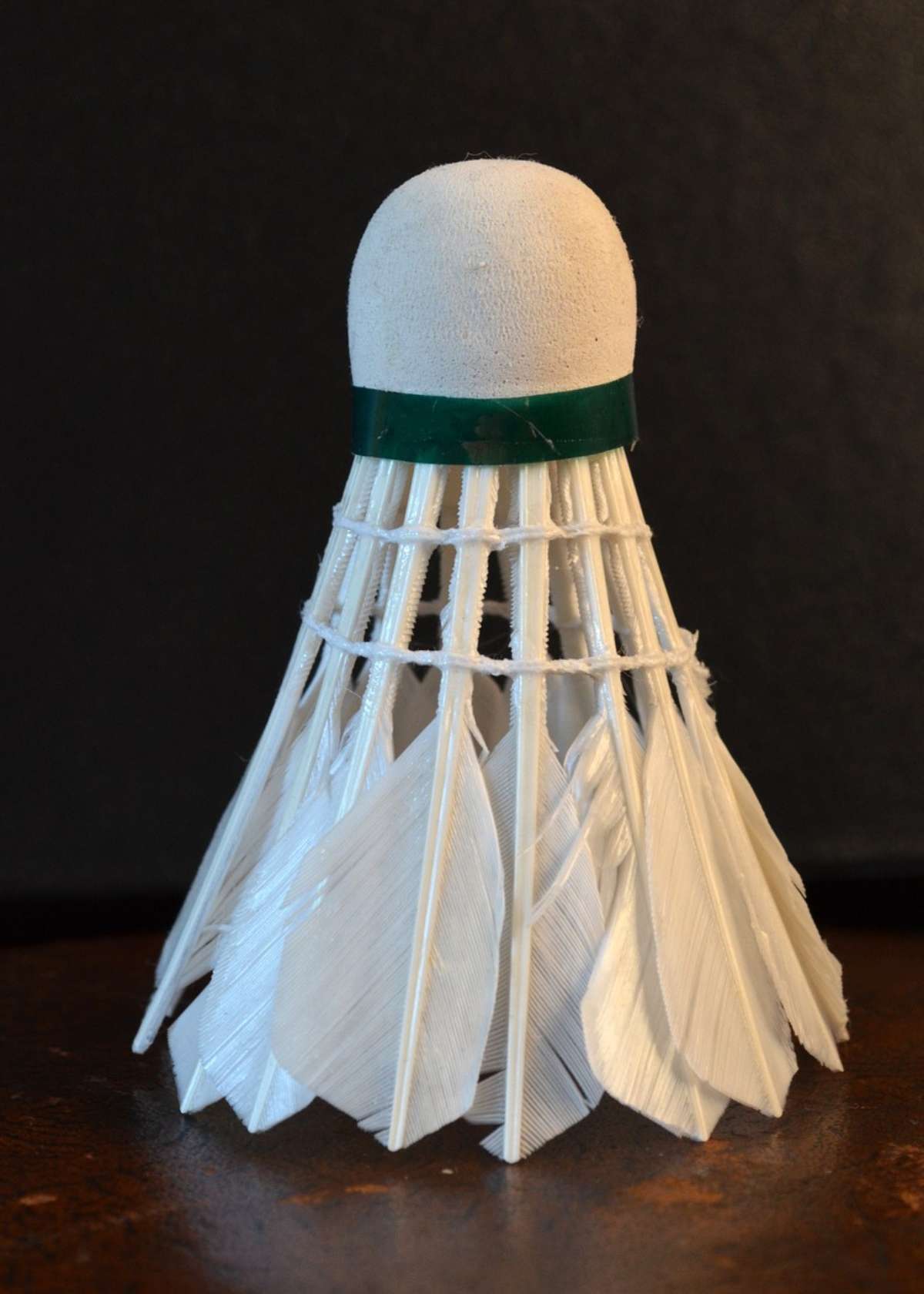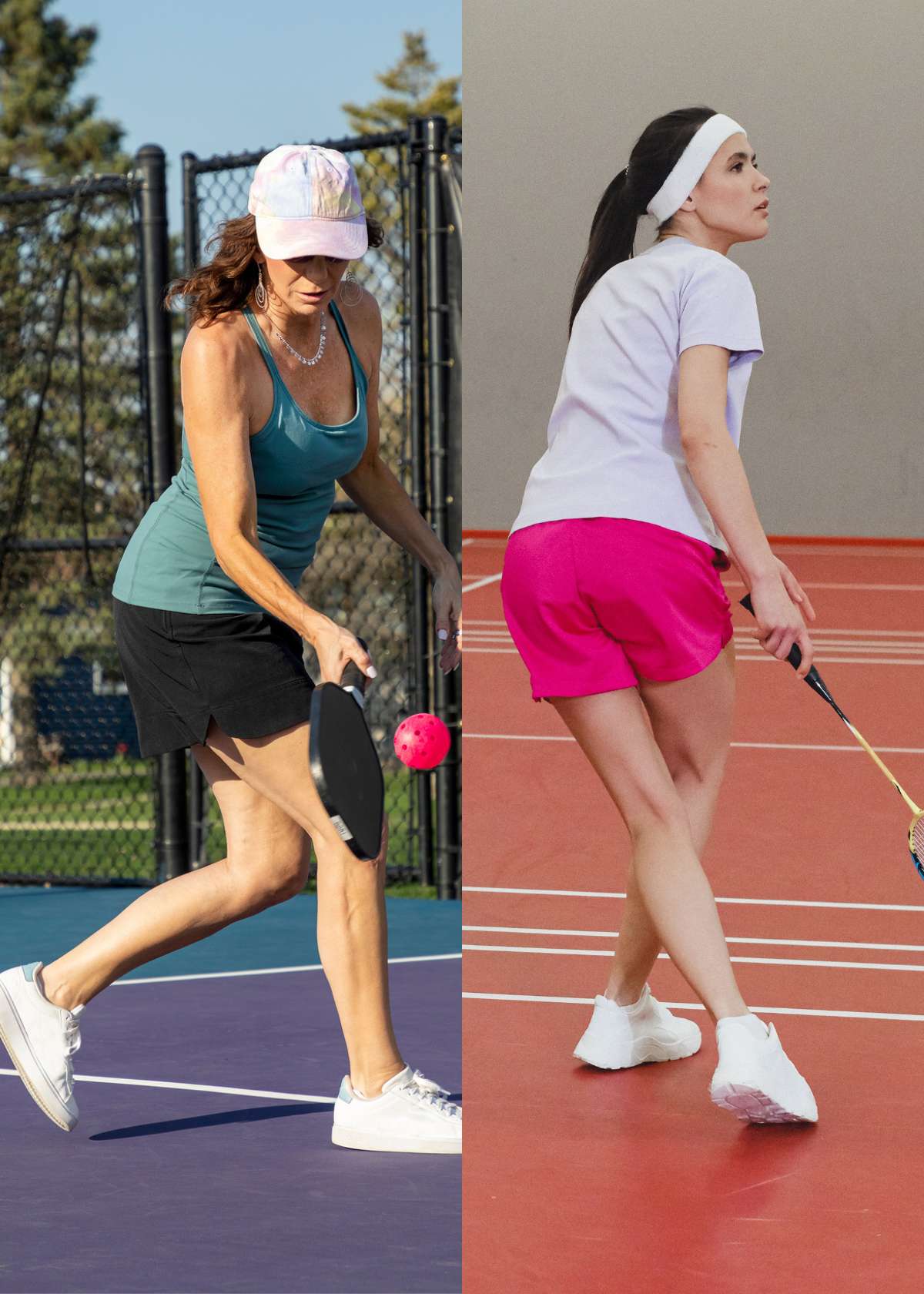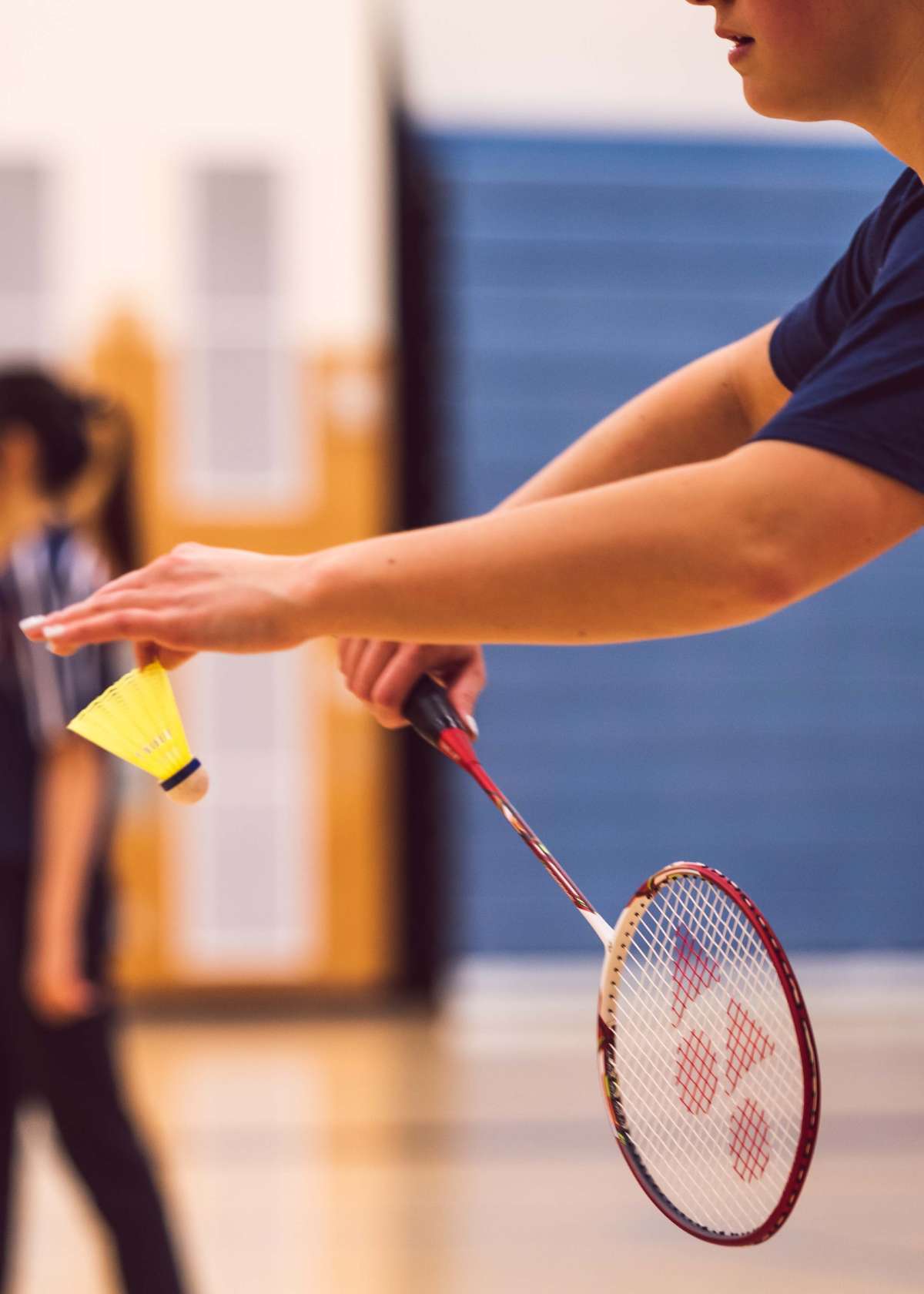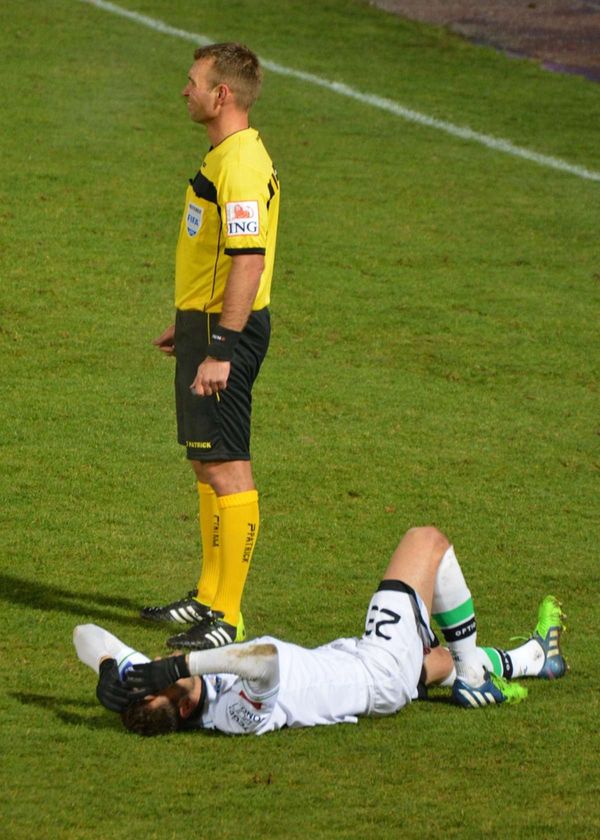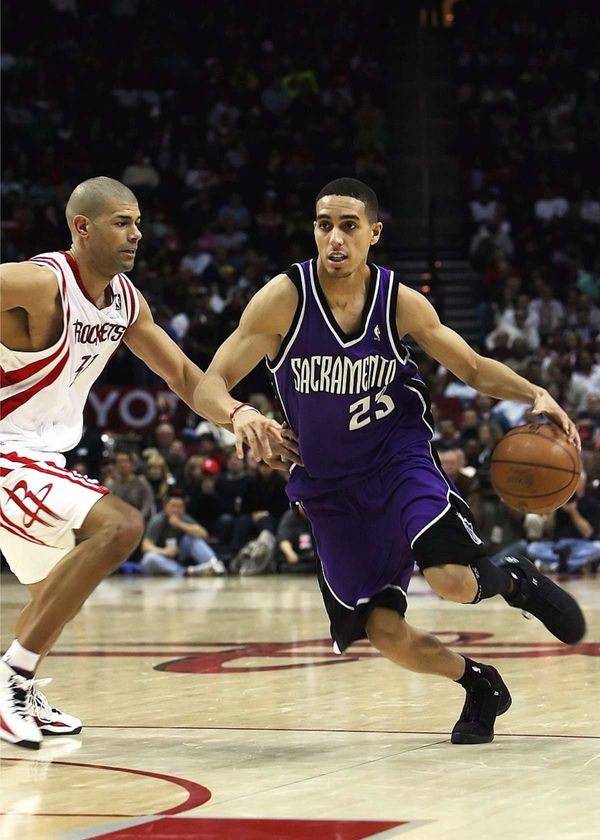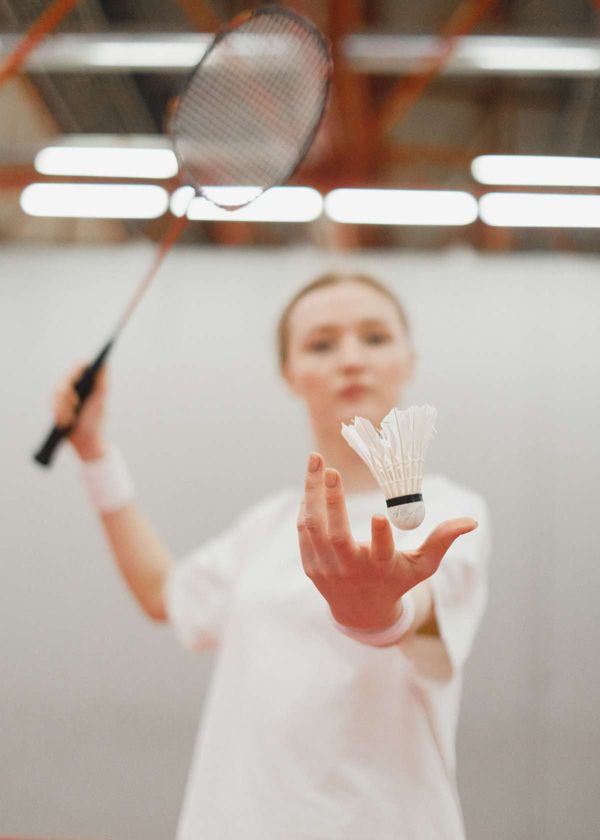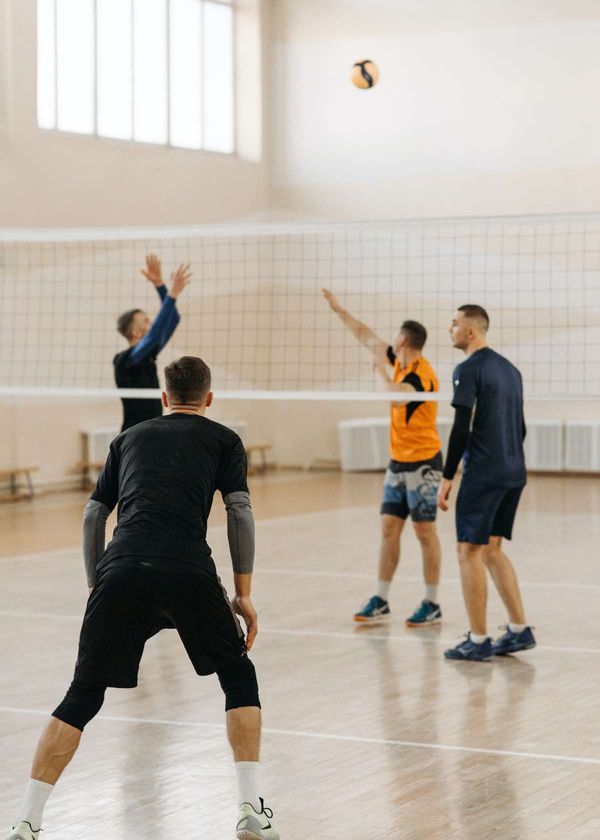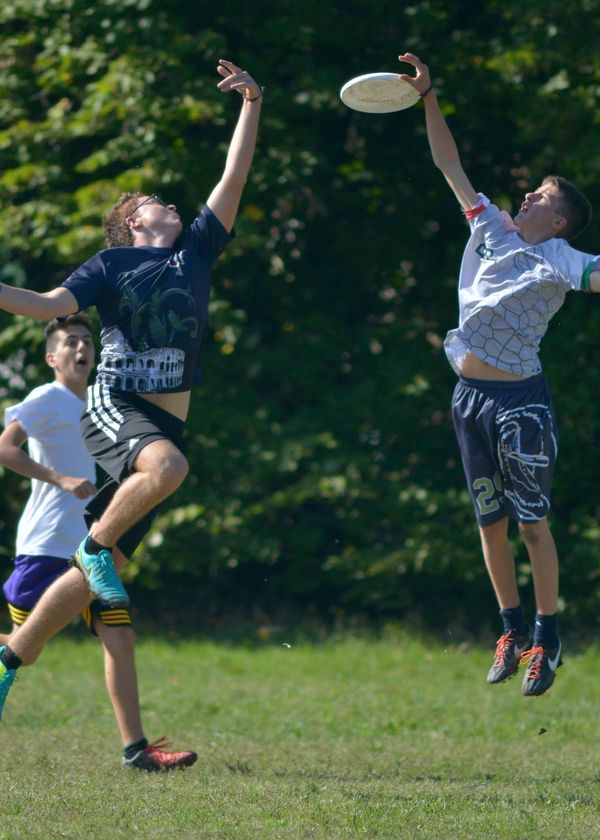Introduction
Badminton Serving Rules in a Nutshell
Mastering the art of serving in badminton is crucial for gaining an edge over your opponents. The rules for serving are quite specific to ensure fair play and maintain the strategic element of the game. Here's a brief overview of some of the most important rules:
- Serve Must Be Underhand: Unlike tennis or volleyball, in badminton, all serves must be delivered underhand, meaning the racket must be below your waist when you hit the shuttlecock.
- Diagonal Serve: The serve must always be delivered diagonally cross court, landing in the service box on the opposite side.
- Both Feet Grounded: When serving, both feet of the server must be in contact with the ground.
- No Fakes Allowed: In badminton, players cannot feint or fake a serve. Once the serving motion has started, it must be completed.
- Serving Order: In doubles, there is a particular order of serving that must be followed which changes depending on whether you win or lose the point.
A Brief Overview of the Importance of Serving in Badminton
The serve in badminton is more than just starting the rally. It's a strategic move designed to put your opponent on the defensive from the get-go. A well-placed serve can disrupt your opponent's rhythm, making it difficult for them to execute their game plan effectively. Moreover, badminton's scoring system means that every serve could potentially be a point for the server, making it a critical part of the game.
The Basic Rules of Serving
Explaining the Fundamental Rules Everyone Needs to Know
Let's delve a little deeper into the basic rules of serving in badminton:
- Underhand Serve: The rule stipulates that the server's racket must strike the base of the shuttlecock first and that at the moment of impact, the shaft of the racket must be pointing downwards. This ensures that all serves are executed underhand.
- Service Courts: The serve must pass over the short service line on the opposite side of the court and land in the correct service box. In singles, this is the box diagonal to the server, while in doubles, the server can serve to either box as long as it's on the correct side.
- Feet Positioning: Both the server’s and receiver’s feet must remain stationary until the serve is made. This means they must be touching the ground and not moving until the serve has been executed.
- Faults: A serve is considered a fault if it's hit out of bounds, doesn't cross into the correct service box, or if it's served overhand. If a fault occurs, the serving advantage is handed to the opponent.
Types of Serves in Badminton
High Serve
The high serve is a strategic play often used in singles matches. The goal is to send the shuttlecock high and deep into your opponent's court, forcing them to move back. This can disrupt their rhythm and give you more time to prepare for the next shot.
Low Serve
The low serve is typically used in doubles matches but can also be effective in singles. The aim is to skim the shuttlecock just over the net and have it drop down into the opponent's service court. This serve is hard to attack and can help establish control of the rally.
Flick Serve
The flick serve is a deceptive move where the server appears to do a low serve but at the last moment changes the trajectory, sending the shuttlecock high and deep. This can catch your opponent off guard, particularly in doubles play.
Drive Serve
The drive serve is a flat, fast serve that travels just above the net and deep into the opponent's court. It's an aggressive serve that can surprise your opponent and put them on the defensive immediately.
Positioning for Serving
The Correct Stance and Positioning for Different Types of Serves
Proper stance and positioning are crucial for executing effective serves. Here are some general guidelines:
- Feet Positioning: Your non-dominant foot should be forward, with both feet shoulder-width apart for balance.
- Racket Positioning: For the high and flick serves, position your racket high and swing it like a pendulum. For the low and drive serves, hold your racket lower and make a quicker, flatter swing.
- Body Positioning: Your body should face sideways towards the net for the high and flick serves, while it should be more square to the net for the low and drive serves.
Remember, these are just guidelines. The most important thing is to find a stance and positioning that feel comfortable and enable you to execute your serves effectively.
Serving Penalties
What Constitutes a 'Fault' in Serving and the Consequences
A 'fault' in serving refers to a violation of the serving rules. Here are some common faults and their consequences:
- Wrong Service Court: If the shuttle lands in the wrong service court, it's a fault.
- Overhand Serve: Any serve where the shuttle is hit from above the waist is considered a fault.
- Feet Not Stationary: If the server’s or receiver’s feet are not stationary at the time of service, it's a fault.
- Double Movement: There should be a continuous forward movement of the racket from the start of the service till the end. Any kind of double movement or fake serve is considered a fault.
When a serving fault occurs, the server loses the point and the receiving side gets the chance to serve. Understanding what constitutes a fault can help you avoid unnecessary penalties and keep the momentum on your side.
Serving Order in Doubles
Explaining the Serving Rotation in Doubles Games
In doubles badminton, the serving order can be a bit confusing at first. Here's how it works:
- First Serve of the Game: The player in the right service court serves first.
- After Winning a Point: If you win a point while serving, you switch service courts with your partner and continue to serve.
- Losing a Point: If you lose a point while serving, the serve switches to the opposing team.
- Opponent’s Turn to Serve: When the opponents win the serve, the player in the right service court serves if their score is even, and the player in the left court serves if their score is odd.
By understanding this rotation, you can ensure you're always in the right place at the right time during your doubles matches.
Improving Your Serve
Tips and Techniques for Enhancing Serving Skills
Improving your serve in badminton can give you a significant advantage over your opponents. Here are some tips to help you enhance your serving skills:
- Practice Consistently: The best way to improve your serve is through consistent practice. This helps build muscle memory, making your service more accurate and reliable.
- Vary Your Serves: Don't always use the same serve. Mix up high, low, flick, and drive serves to keep your opponent guessing and off balance.
- Perfect Your Technique: Make sure your serving technique is correct. This includes proper grip, correct stance, and accurate swing.
- Watch the Pros: Watching professional players serve can provide valuable insights into effective serving strategies and techniques.
- Work on Your Deception: The ability to deceive your opponent is a powerful tool in badminton. Practice your flick serves and fake movements to keep your opponents on their toes.
Remember, improving your serve takes time and patience, so don't be discouraged if you don't see immediate results. Keep practicing, and you'll surely see improvement over time.
Frequently Asked Questions
1. What are the basic rules for serving in badminton?
The server must strike the base of the shuttlecock first and below the waist level. The racket head should also be pointing downwards at the moment of impact.
2. How should I position myself when serving in badminton?
Stand sideways with your feet shoulder-width apart. Your non-dominant foot should be forward, and your body weight should shift from the back foot to the front as you serve.
3. What are the different types of serves in badminton?
There are four main types of serves: high serve, low serve, flick serve, and drive serve.
4. Are there any penalties for incorrect serving in badminton?
Yes, if you commit a serving fault (like hitting the shuttlecock above waist level or serving out of turn), the serve goes to your opponent.
5. How high should the shuttlecock be hit during a serve?
The shuttlecock should be hit below the server's waist level during a serve.
6. Can I serve from anywhere on the court?
No, you must serve from within your respective service court.
7. Is there a specific order of serving in doubles badminton?
Yes, the server starts from the right service court and switches courts with their partner each time they score a point.
8. What happens if my serve touches the net but still lands in the correct service court?
As long as the serve is otherwise legal (struck below the waist, etc.), it's considered a "let" and the serve is replayed.
9. Can I fake a serve in badminton?
No, any form of double movement or fake serve is considered a fault in badminton.
10. What is a 'fault' in a badminton serve?
A 'fault' in serving can occur due to several reasons, like serving out of turn, hitting the shuttlecock above waist level, or the server’s or receiver’s feet not being stationary at the time of service.
11. Are the serving rules different in singles and doubles badminton?
Yes, the main difference lies in the serving order and rotation. In doubles, partners alternate serves, while in singles, the same player continues to serve as long as they keep winning points.
12. What is the rule regarding foot positioning during a serve?
During a serve, both the server's and receiver's feet must remain stationary until the serve is made.
Conclusion
Mastering the serve in badminton is not just about following the rules; it's about turning a simple start of play into a strategic move that can set the tone for the rest of the match. A well-executed serve can put your opponent on the back foot right from the beginning, giving you the upper hand.
From understanding the different types of serves to perfecting your stance and positioning, every aspect plays a crucial role in enhancing your serving skills. Knowing the common faults and how to avoid them can save you from unnecessary penalties. And understanding the serving order in doubles can help you and your partner work as a cohesive unit.
Improving your serve requires consistent practice, keen observation, and a willingness to experiment with different techniques. But the payoff is worth it. A powerful, accurate, and unpredictable serve can significantly improve your overall game, making you a formidable opponent on the court.
So, take the time to master your service. It could be the secret weapon that takes your badminton game to the next level.
Find your perfect badminton gear with ease! Our experts have curated the ultimate selection for maximum satisfaction, so you don't have to waste time researching.
Explore our thrilling new blogs about badminton and sports & fitness!
